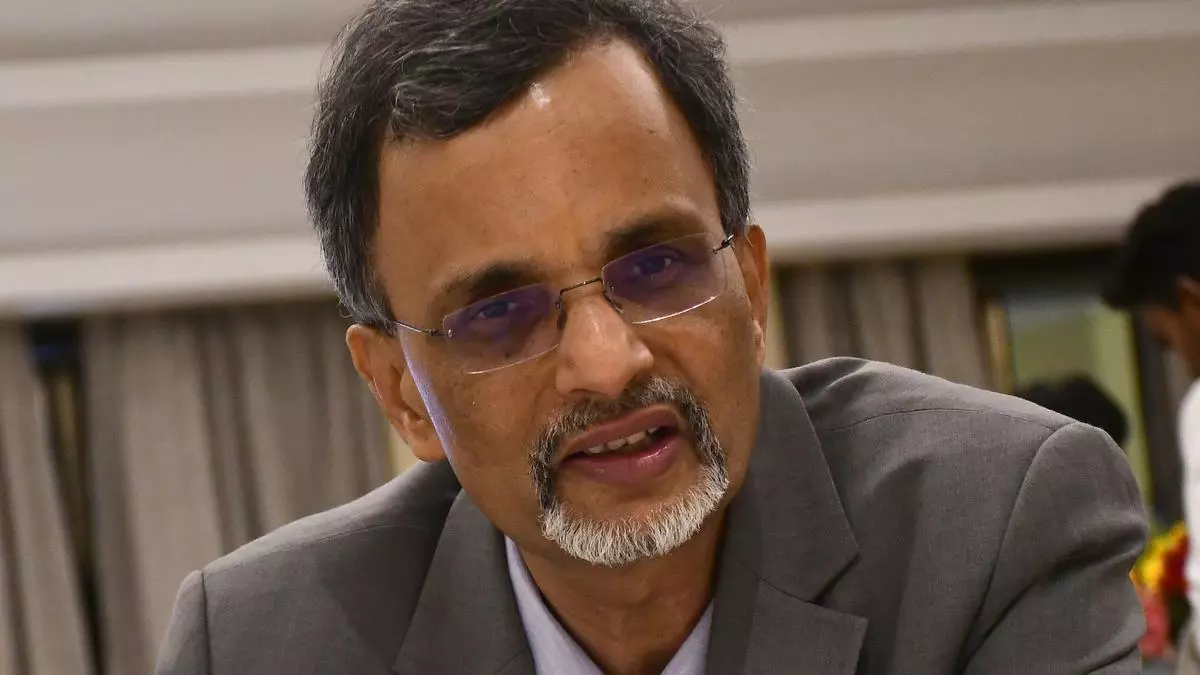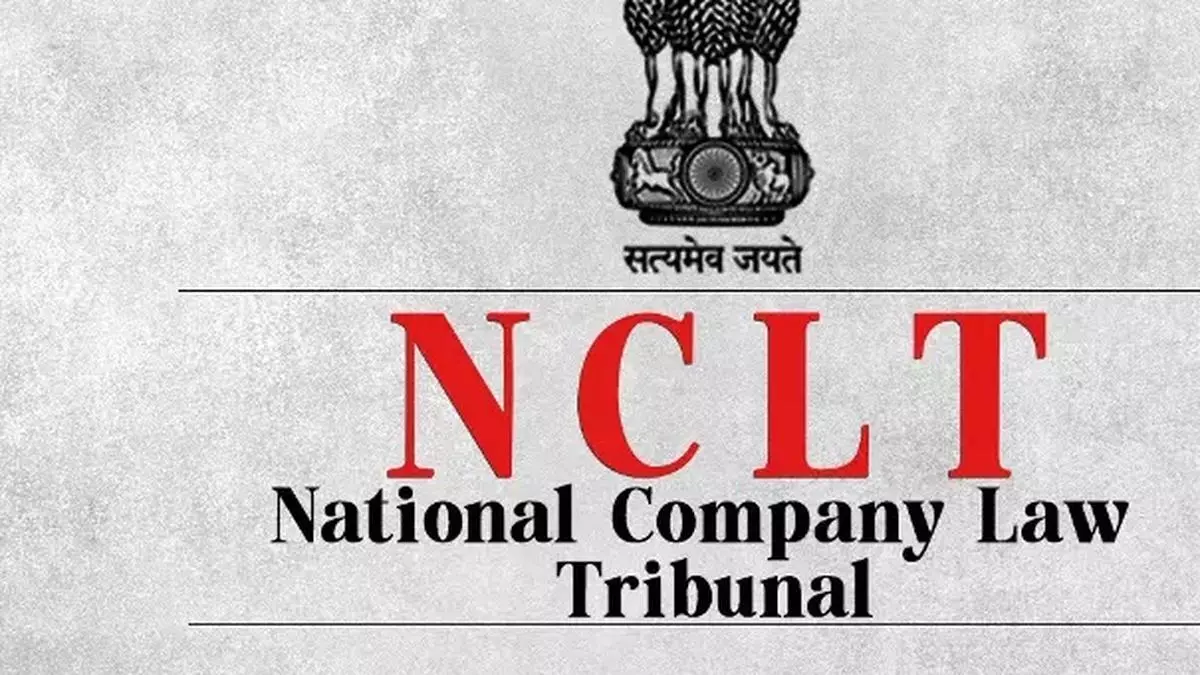Finance Minister Nirmala Sitharaman said on Monday that states had received nearly 24 per cent more revenue from the Goods & Services Tax (GST) in the last six years compared to the erstwhile Value Added Tax/Sales Tax system.
“Without GST, states’ revenue from subsumed taxes from FY19 to 2023-24 would have been ₹37.5 lakh crore. With GST, states’ actual revenue amounted to ₹46.56 lakh crore,” she said on social media. The FM was underlining two major milestones — First, collection from GST exceeded ₹2 lakh crore in April. Second, with the appointment of retired Justice Sanjaya Kumar Mishra as President, the formation of GST Appellate Tribunal (GSTAT) was set in motion.
The government introduced GST on July 1, 2017, by subsuming 17 taxes and 13 cesses administered by the Centre and States/Union Territories with the legislature. The FM said GST has improved tax buoyancy from 0.72 (pre-GST) to 1.22 (2018-23). Despite compensation ending, state revenues remain buoyant at 1.15. “Despite the GST rate being less than the prescribed Revenue Neutral Rate and Covid-19 affecting the revenues, GST collections (as a percentage of GDP) have now reached the levels they were before GST (both net and gross),” she said.
This remark appears to be in response to former Chief Economic Advisor Arvind Subramanian’s assertion earlier this month that the April GST number (₹2.1 lakh crore.) is a record, but the focus must be on revenues, net of refunds, not on headline collections. “Despite recovery from the pandemic & better implementation, GST revenue for FY24 @ 6.1 % of GDP has still (after 7 years) not surpassed pre-GST level,” he wrote in a social media post.
Meanwhile, the FM said that she has ensured all states’ voices are equally heard without bias. “It is a myth that all GST collections are pocketed by the Centre. GST contributes significantly to state revenues – States receive 100 per cent of SGST collected in that state, approx. 50 per cent of IGST (i.e. on inter-state trade). A significant portion of CGST, i.e., 42 per cent, is devolved to the states based on the Finance Commission’s recommendations,” she explained.
The Minister also highlighted that the effective weighted average GST rate has consistently fallen since 2017. The Revenue Neutral Rate was suggested to be 15.3 per cent but was lower at 14.4 per cent in 2017, and it has come down to 11.6 per cent in 2019. GST lowered taxes on many essential items compared to pre-GST rates. Common items like hair oil and soaps saw tax cut to 18 per cent from 28 per cent. Electrical appliances taxed at 12 per cent v/s 31.5% per cent before. Movie tickets were taxed lower, too.
Taking note of number of registered GST assesses to over 1.4 crore from 65 lakhs during pre GST regime, she said this has happened despite the turnover threshold for registration rose to ₹40 lakh for goods and ₹20 Lakh for services (from ₹5 lakh on average under VAT). GST also reduced 495 different submissions (challan, forms, declarations, etc) across states to just 12.
Crime Today News | Business & Economy
Source | Powered by Yes Mom Hosting





